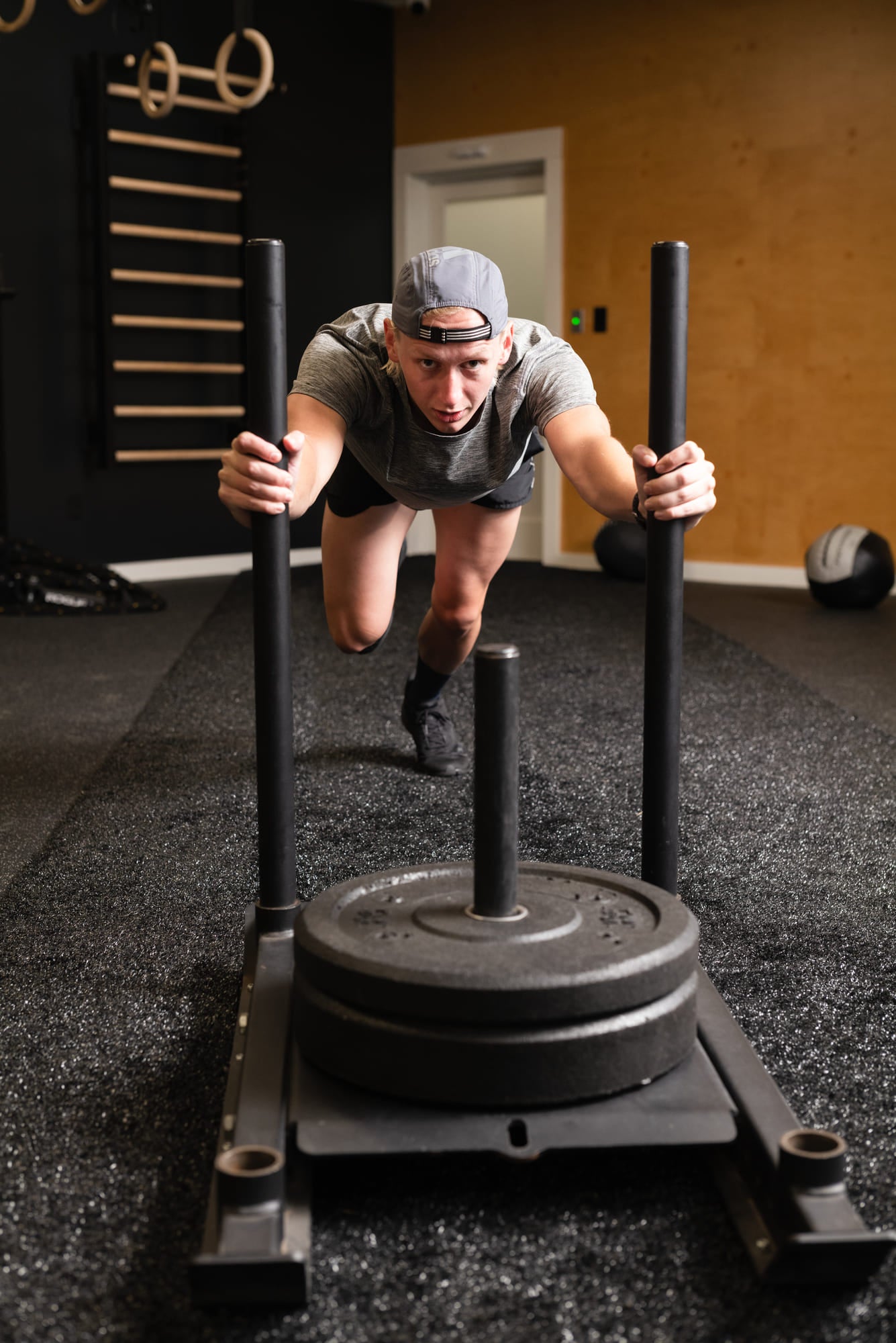Here at Archetype, we have many services that are available for our patients that aid in or assist with the chiropractic adjustment. Today I will be talking a little bit about cupping, its benefits, what to expect, and what is going on when you are getting cupped during an appointment. Cupping has been around for hundreds of years all over the world in Asia, Eastern Europe, and even the Middle East. Unlike Acupuncture which uses their version of cupping to increase “Qi”, we use cupping to increase blood flow to injured areas, loosen muscle hypertonicity, and to increase neuro-connectivity to the underlying fascia which is highly innervated. I personally have been doing cupping since back in chiropractic school in which we would practice on each other to help with our upper and lower cross syndromes that we had developed due to having to sit in class for 8-10 hours a day. Recently I have been using it more with treatment due to its effects on chronic conditions. When we do cupping at the office we are applying cups to areas of pain more commonly than not in the cervical, thoracic, lumbar spine as well as to the extremities. They are applied with a pump to create the suction need to stay in place, but also create some decompression/compression in the area of concern. Most places that I have seen in the past do a lot of “passive” cupping which is when the patient is basically just sitting or lying there for an extended amount of time. I have noticed that patients get better results with movement while having the cups applied. What this does is while the cup is suctioning the tissue around the area, movement takes the muscles in that area through specific movements and ranges of motion allowing muscles to go from its shortened state to its lengthened state. By doing this you can bring blood flow to the entire area, help relieve trigger points and muscle knots while that muscle is moving. Most patients notice some mild discomfort with the movement, but over the length of time determined by the clinician will notice the discomfort going away a lot quicker as well as feel easier to move that particular muscle. Once the cups have been removed the most common things noticed are increased range of motion, the feeling of the area being “looser”, and some mild bruising. Don't worry the bruising doesn't stay long at most a couple of days, but what I have noticed is the movement as well as exercise in the cupped area helps the bruising go away even faster. Patients notice the greatest effects after a couple of cupping sessions when better function and biomechanics have been reached. Cupping can be beneficial for almost everyone with proper protocol, so if you’re looking for something different or you haven't had the result you are looking for give us a call and come in for your next session and ask about our cupping treatment.




